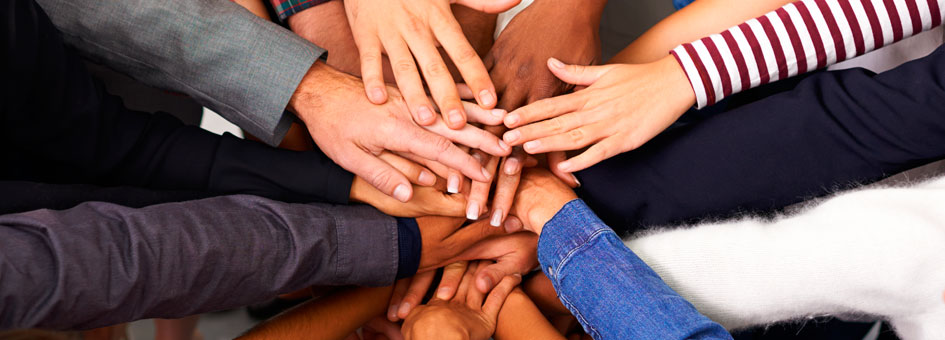Partners
Our Cable-Friends

We are fortunate to have partnerships with organizations who are strongly committed to accessibility like Semillitas, Canal 22 Internacional, WUCF, New Day Films, POV, and Crawford Entertainment. They do not skimp on their efforts to support initiatives to provide access to audiences with sensory disabilities. Our work would not be possible without their generosity and receptiveness to accessibility initiatives.
In the name of children with sensory disabilities, we want to thank our partners for helping us to provide equal access. Thank you for your firm commitment!
Research
The Universidad Carlos III de Madrid provides state of the art technology that will help us conduct a pilot test of the use of a second screen* to deliver accessibility services. The technology allows the access and personalization of audio description as well as captions or ASL on the second device. Discovery en la Escuela provides the content and the Office of Special Education Programs at the U.S. Department of Education is funding the accessibility elements added to the content for the pilot project. We will obtain feasibility data and feedback about the use of this technology in Puerto Rican schools.
* When we talk about a second screen, we refer to an additional device that the user customizes according to his/her own needs, which provides an enhanced viewer experience. The device can be a mobile phone, a tablet, a laptop, etc. and it can be used to show captions or sign language or to play audio description associated with the content that is played on the main screen (TV, movie theatre, computer, etc.). See an example of its use.
Through the leadership of Dr. Juanita Rodriguez, the University of Puerto Rico - Recinto Río Piedras has offered us the opportunity to collect data related to the use of closed captions and video description as a learning tool in the classroom. During the project, Discovery en la Escuela will also provide training to teachers of children with sensory disabilities about the use of video as an important tool for learning. Any learning tool designed to help children with disabilities will also help their peers without disabilities.
Beneficiaries
Dissemination
- National Association of Parents of Children with Visual Impairments - NAPVI
- National Family Association for Deaf-Blind - NFADB
- National Center on Deaf-Blindness – NCDB
- Described and Caption Media Program – DCMP
- Lighthouse Central Florida
- California Deafblind Services
- The Center on Technology and Disability – CTD
- The New York Deaf-Blind Collaborative
- University of Florida and Virgin Islands Deaf-Blind Collaborative
- National Coalition for Latinxs with Disabilities






